November is Native American Heritage Month. This is a time to celebrate the culture, rich heritage, and contributions of the Indigenous people and communities of the United States.
Our Communities on Native Land
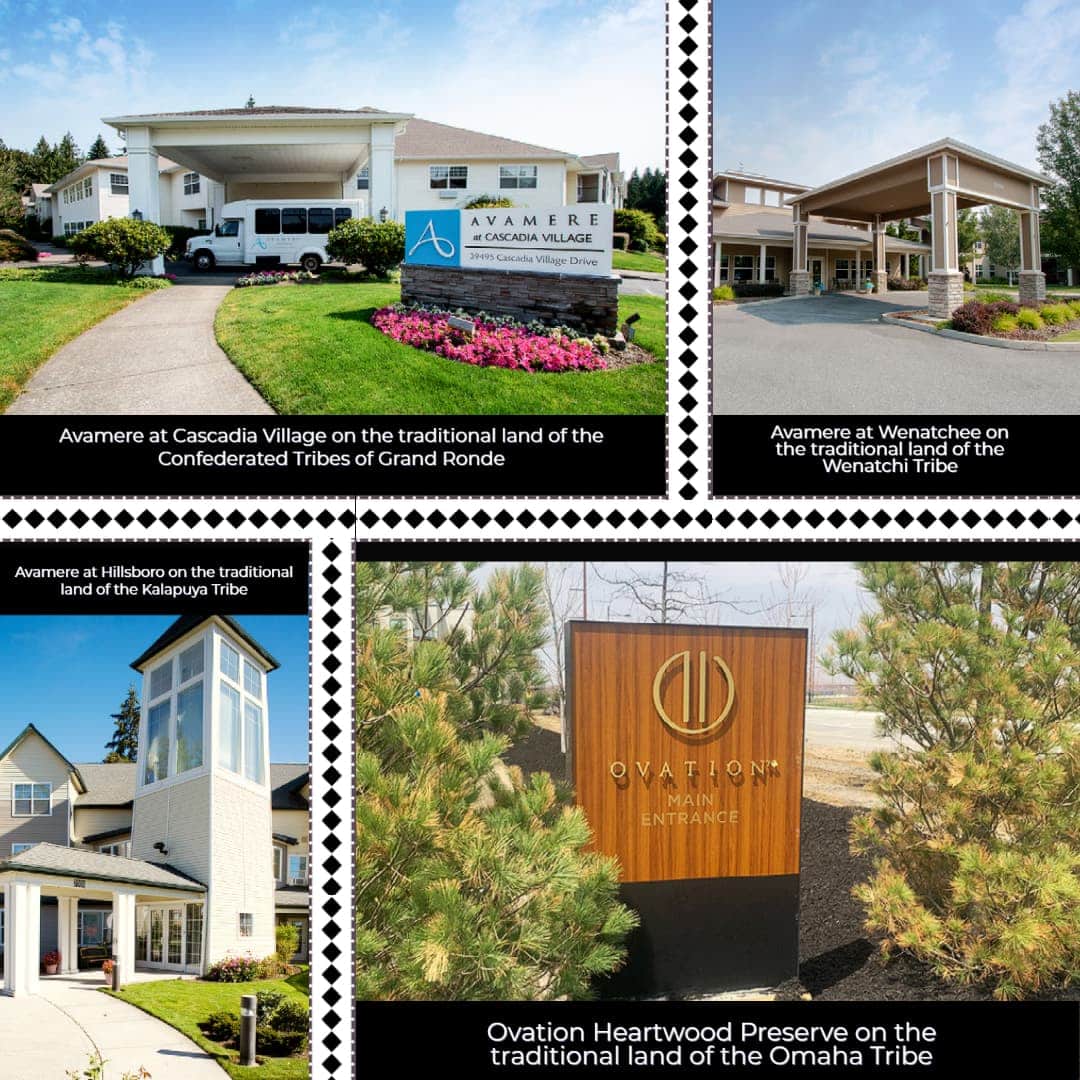
- The Kalapuya tribe are the original inhabitants where many of our Oregon communities now sit, including the Arete Living home office, Avamere at Albany, Avamere at Bethany, Avamere at Hillsboro, Avamere at Park Place, Avamere at Sherwood, Avamere at Newberg, and The Stafford
- The Confederated Tribes of Grand Ronde and Confederated Tribes of Siletz Indians owned the land where Avamere at Cascadia Village and Avamere at Sandy are located
- The Wenatchi tribe originally inhabited the land where Avamere at Wenatchee sits
- The Eastern Shoshone and Goshute tribes owned the land where Avamere at Mountain Ridge resides
- The Chemehuevi, Southern Paiute, and Western Shoshone people inhabited the land where Avamere at Cheyenne resides
- The Omaha tribe were the original inhabitants of the land where Ovation Heartwood Preserve sits
Many more of our communities sit on native land. Find out more at native-land.ca.
Native American Icons
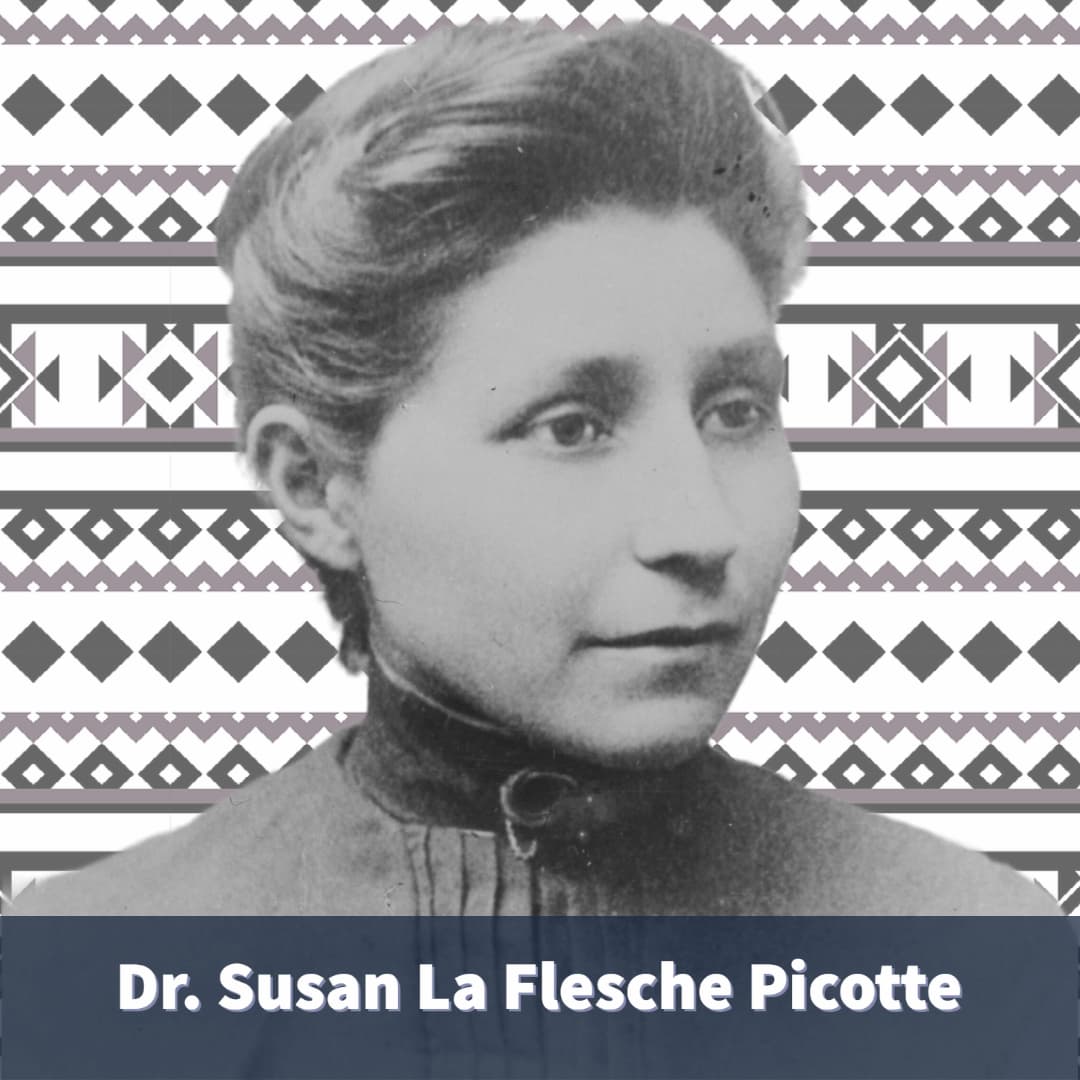
Dr. Susan La Flesche Picotte
Dr. Picotte was the first Native American woman in the United States to become a physician. She was born on the Omaha Indian Reservation, where she was a public health activist and opened a hospital. Picotte Memorial Hospital served patients until the 1940s and now serves as a museum.
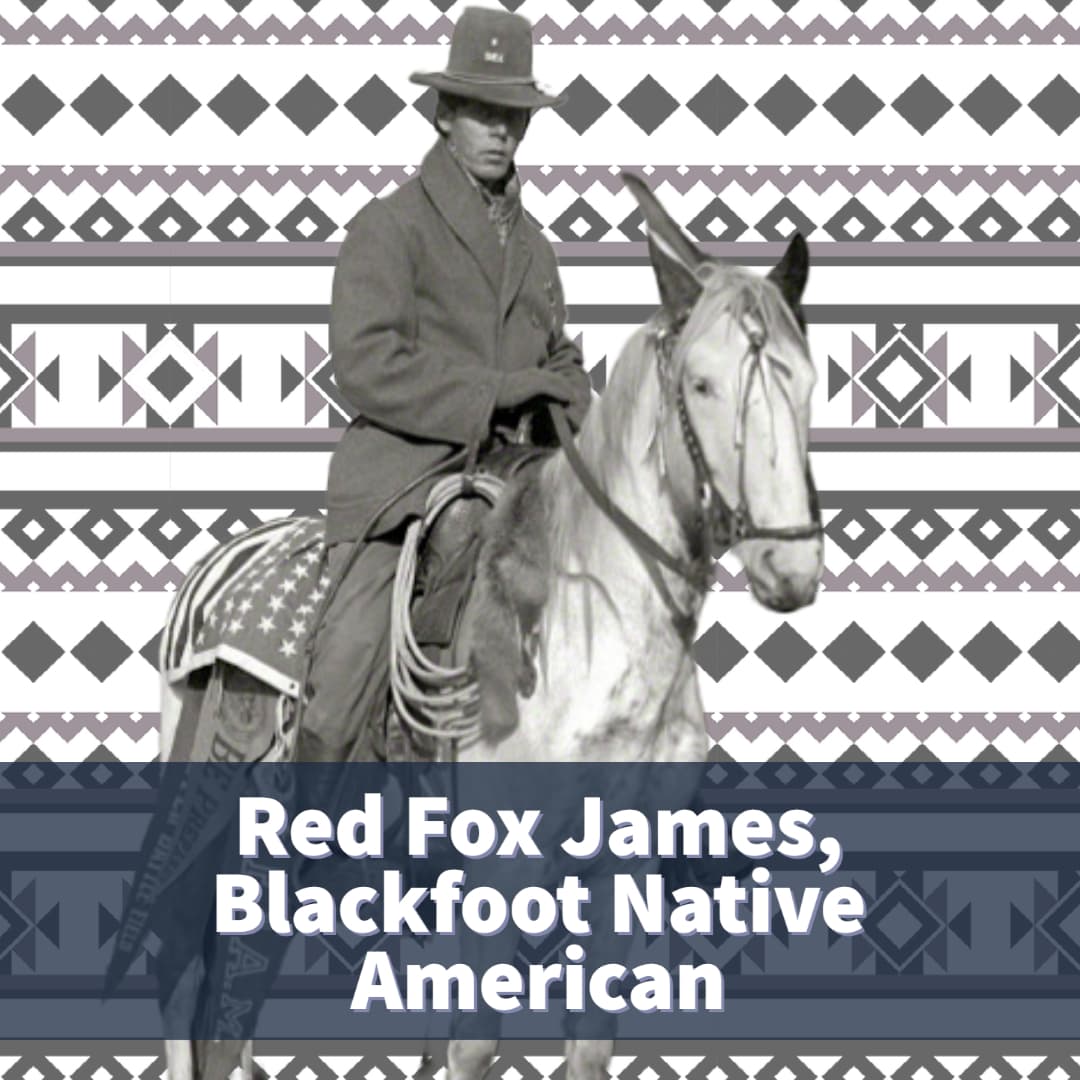
Red Fox James, Blackfoot Native American
Before a day was nationally recognized, Red Fox James rode horseback from state to state seeking approval for a day to honor Native Americans. He presented endorsements of 24 state governments at the White House in December 1915.
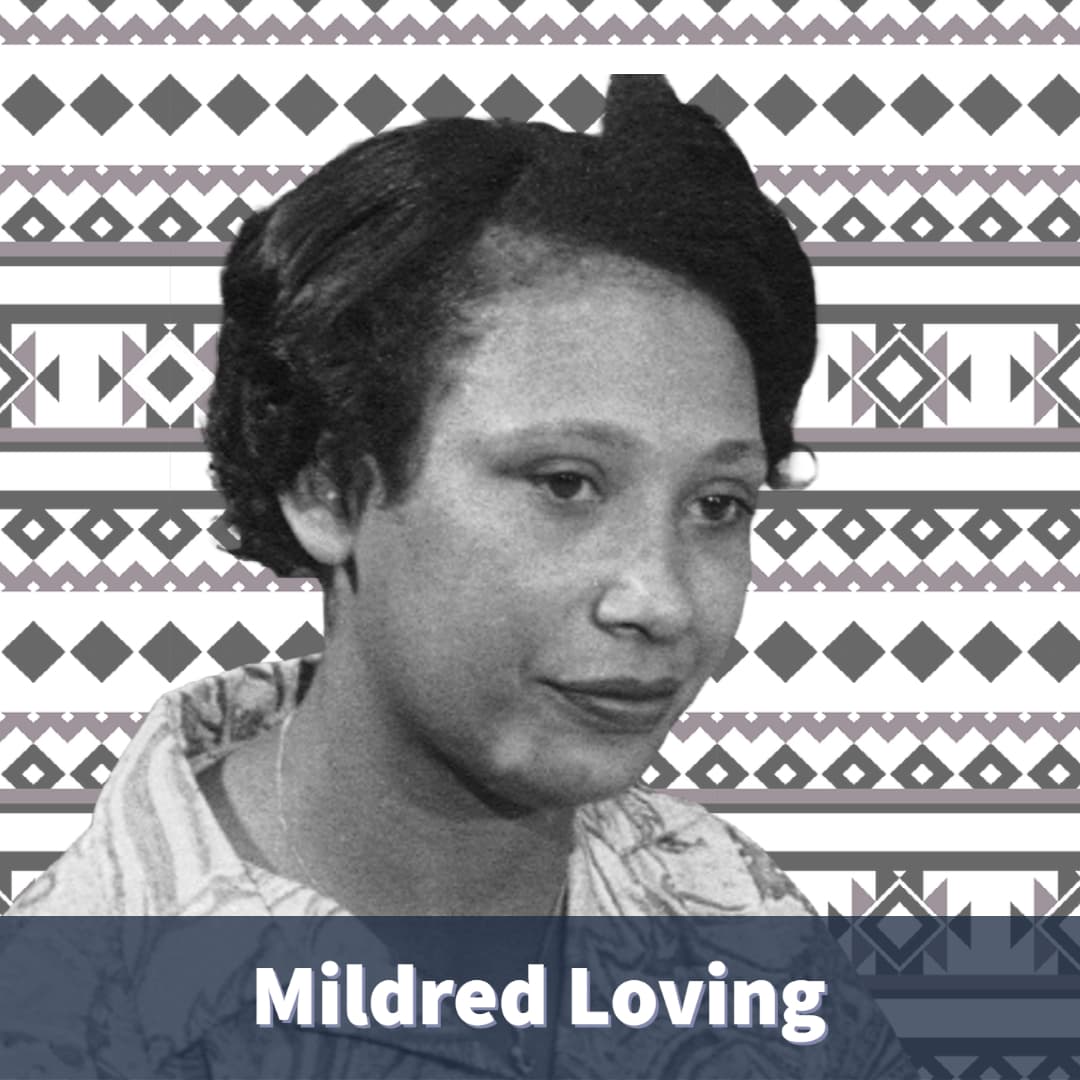
Mildred Loving
Mildred Loving, who was of African American and Native American descent, successfully challenged Virginia’s ban on interracial marriage in the 1960s. Mildred married Richard Loving, a white man, violating Virginia’s Racial Integrity Act. In a Supreme Court case with the assistance of the American Civil Liberties Union, the court held that Virginia’s anti-miscegenation statute violated both the Equal Protection Clause and Due Process Clause of the Fourteenth Amendment.
An unofficial holiday celebrates Mildred and Richard’s triumph and multiculturalism, called Loving Day, on June 12.
Native American Contributions to Healthcare
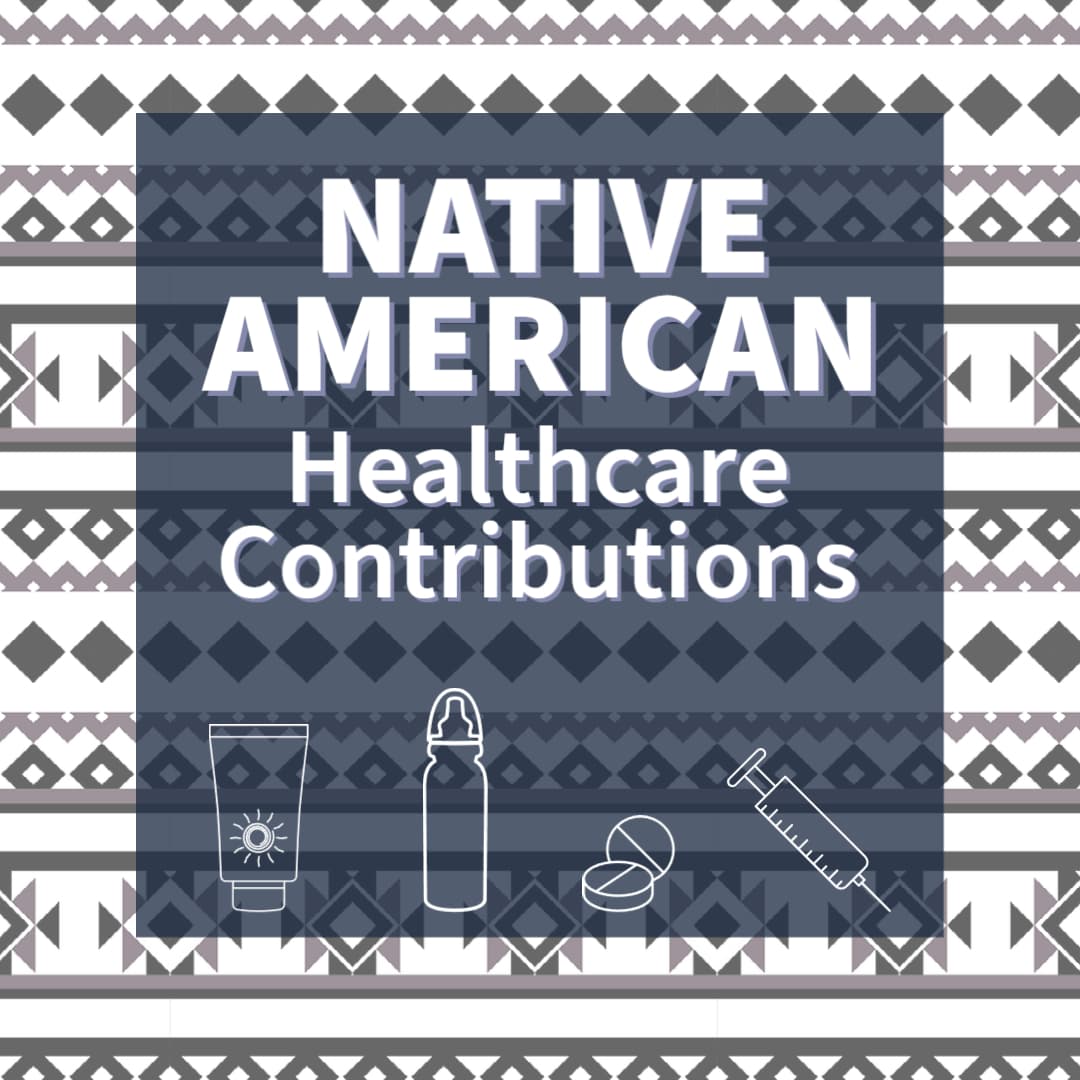
Healthcare wouldn’t be what it is today without the crucial contributions from Native Americans.
The first baby bottles were invented by the Iroquois and Seneca tribes, using a hollowed bird’s quill. In some areas, baby formula was made from ground walnuts and water.
Native Americans chewed willow bark to ease pain. The active ingredient in the bark, salicin, was the basis in the discovery of aspirin.
Indigenous communities created the first syringe using sharpened hollowed-out bird bone connected to an animal bladder that could hold and inject fluids into the body.
Native Americans mixed plants with water to create products that protected skin from the sun, including sunflower oil, wallflower, and sap from aloe plants.
Learn more through the month by following us on social media. Download the resource flyer below or share this article online to honor Native American Heritage Month!
